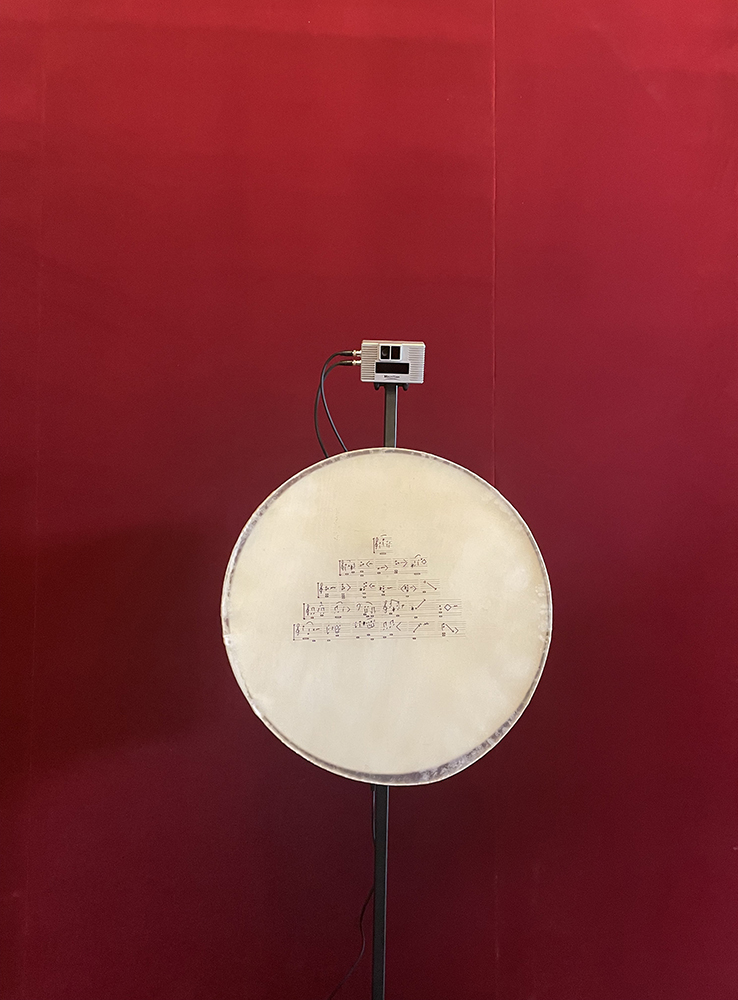Symphony of encounters
everyone walking through the music installation triggers a melody, harmony, or motif. depending on the number of human beings moving in the installation space, and their movements, the music is composed and the single movements and melodies add up to an orchestral counterpoint, a symphony of human encounter.
Rupert Huber developed a dimensional, social counterpoint that makes this concept possible and translates it into music.
It is based on composing for unforeseeable situations and not synchronized polyphony. Imagine a house that changes its shape depending on how many people are in it at the same time, or walking through an orchestra and every time you come near an instrument, it starts to play it´s part of the symphony. That works as a piece by itself and at the same time a voice of many in the social encounter polyphony.
Rupert Huber steps down of the classical approach of the composer being dictator-like, defining everything that is going on in a time range chosen by the composer. Instead, he introduces his compositions as an offer, an endless set of opportunities. As long as there is someone moving in the space, there is music, if no one is there, there is silence.
“Musikbilder” are objects build like drums, equipped with sensors that detect movement, an interface that translates this data into music and loudspeakers.
On the front side, the notation of what you can hear is handwritten by the composer, so you are able to see what you hear.
The partnership with AVL Cultural Foundation made it possible to create a dedicated software to translate the data of a complex Lidar Sensor into music via a music software especially developed for this project in collaboration with the Technical University Graz.
